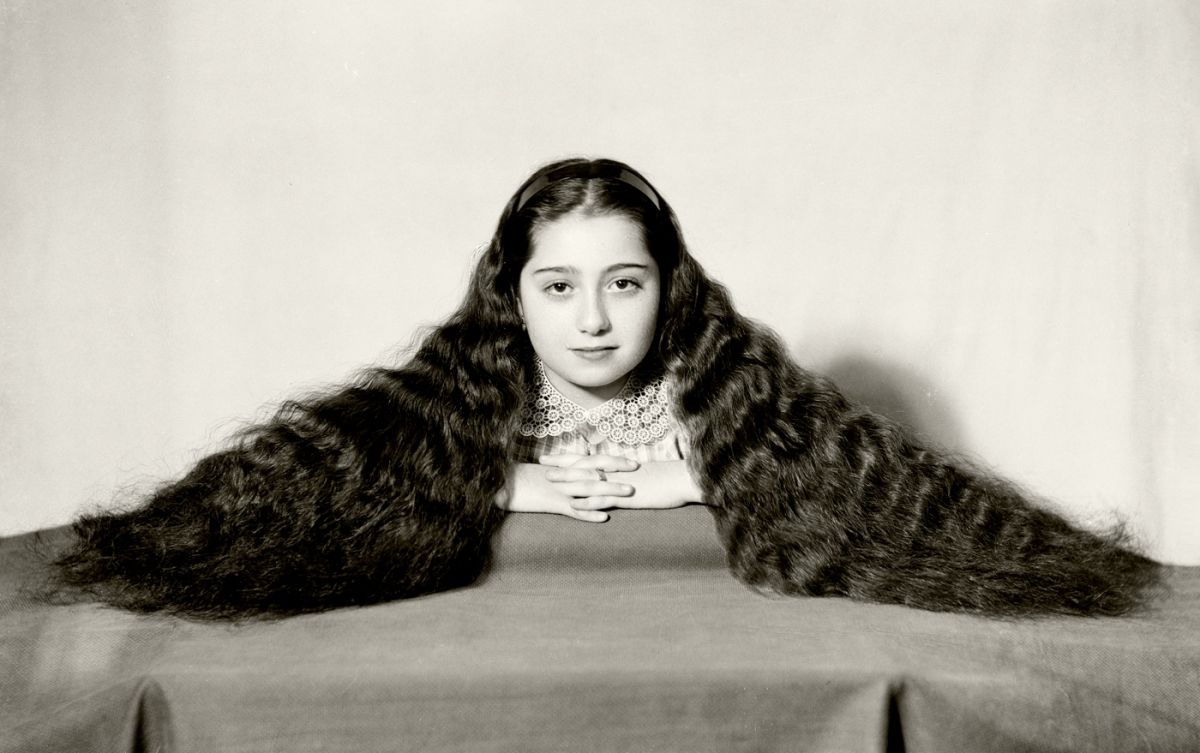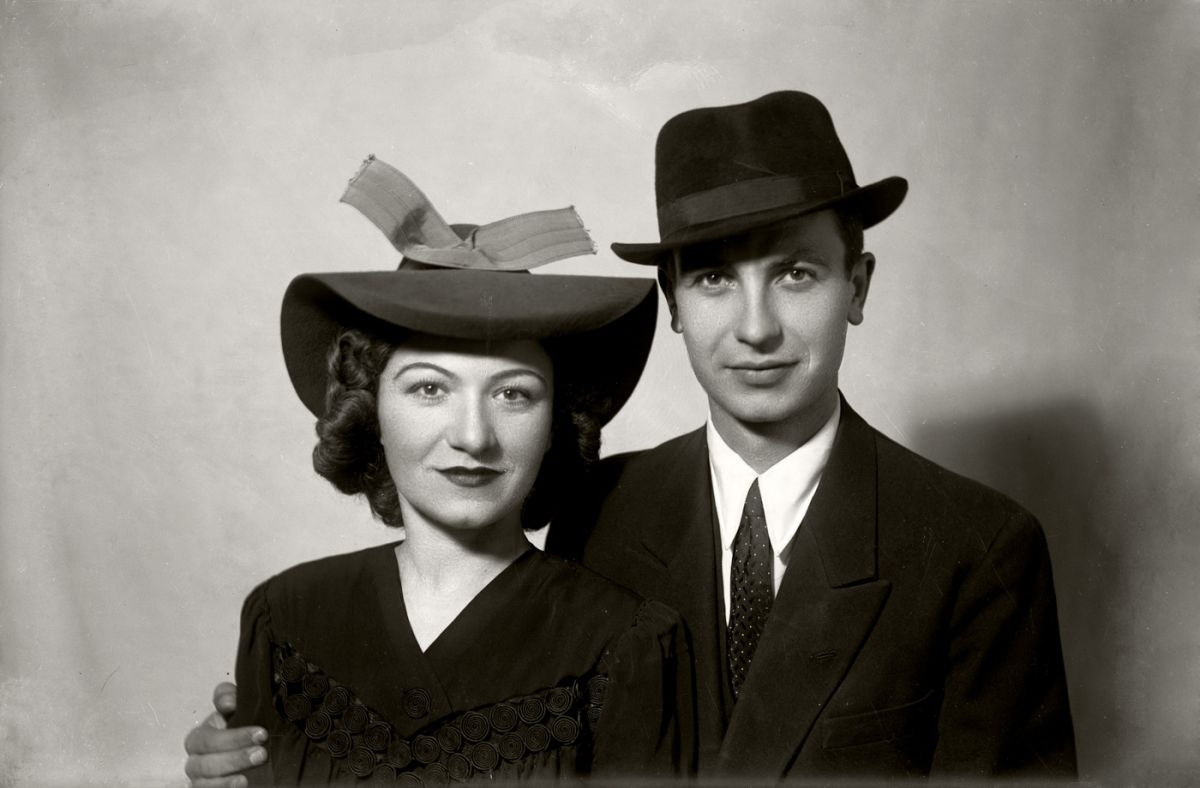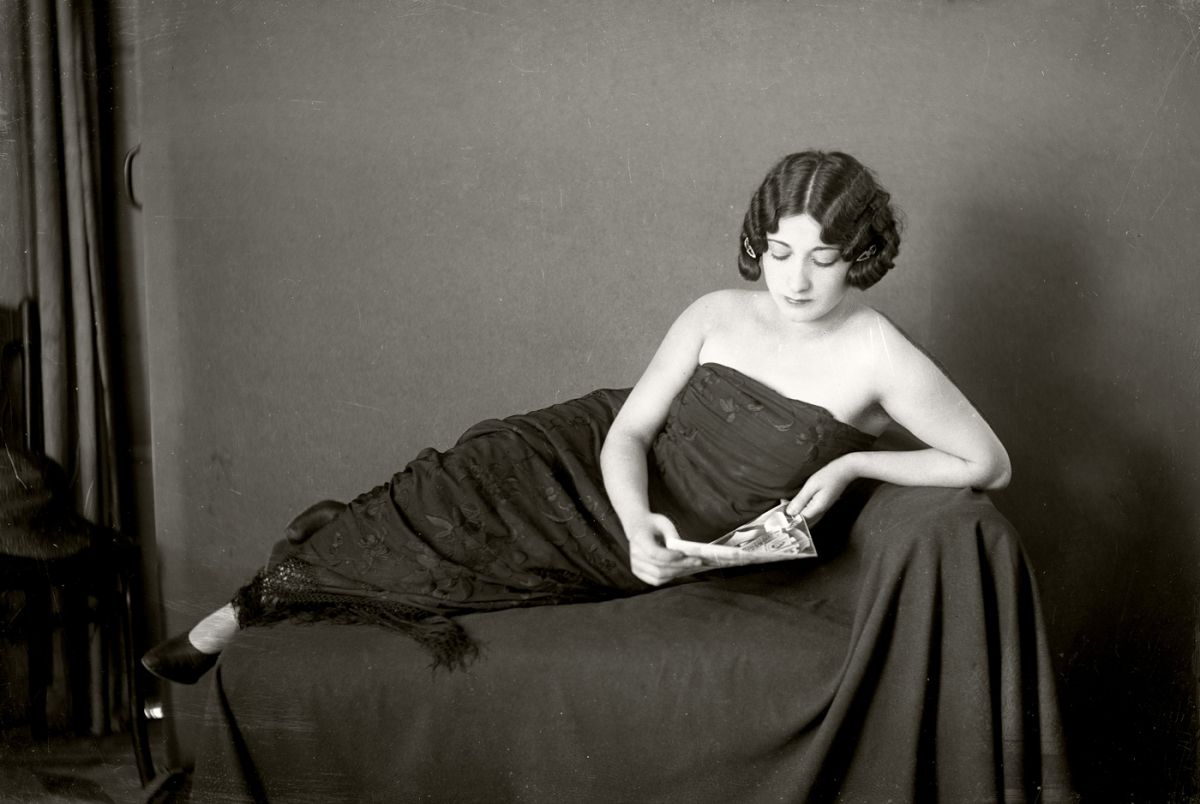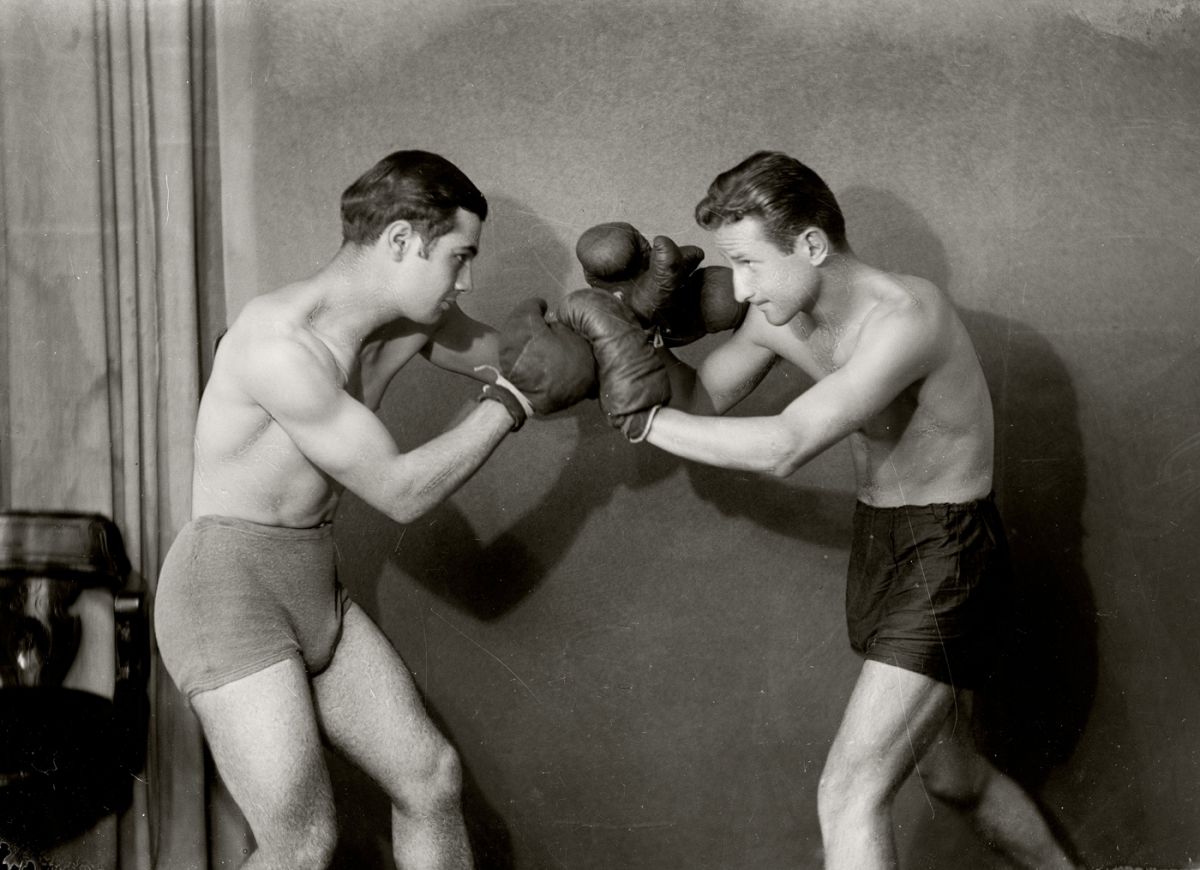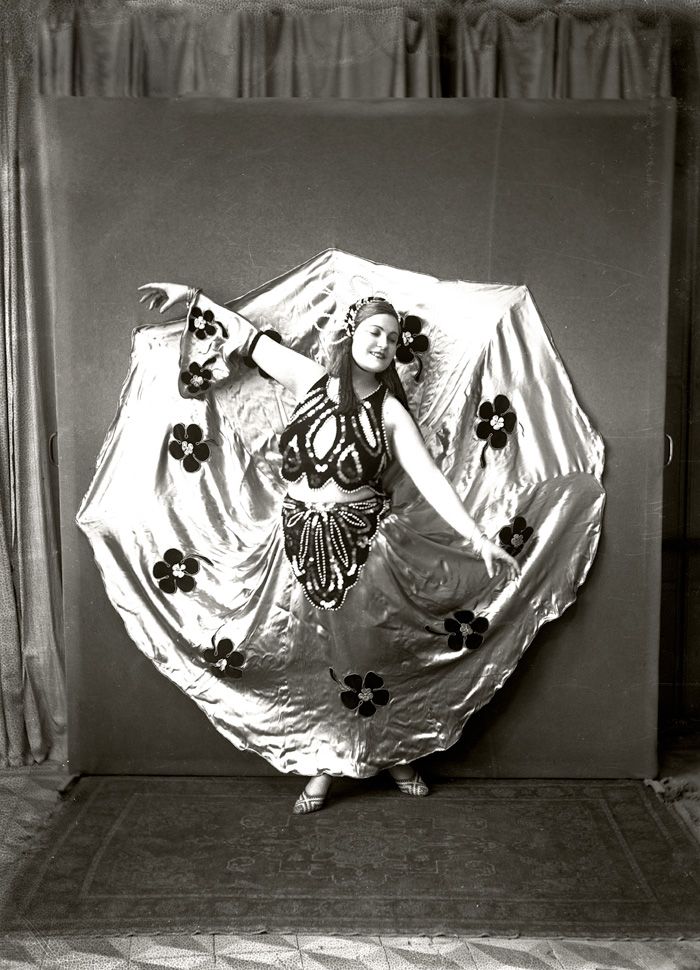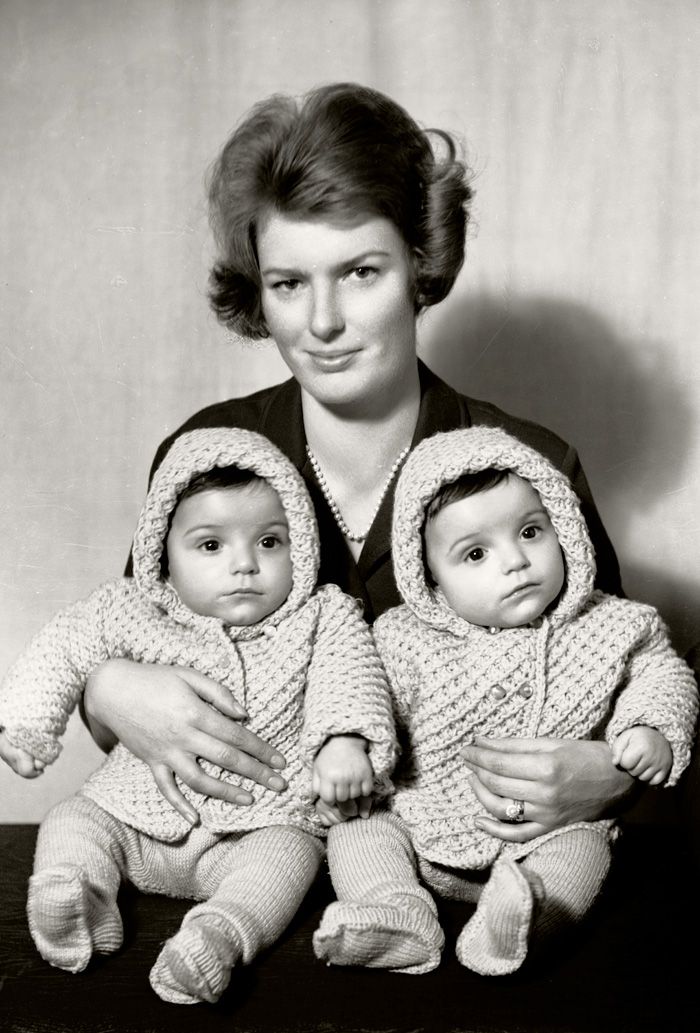Foto Galatasaray
Researcher / Artist:
Tayfun Serttaş
Salt Galata
November 22, 2011 – January 22, 2012
The Foto Galatasaray project is based on the re-visualization of the complete professional archive of Maryam Şahinyan (Sivas, 1911 – İstanbul, 1996), who worked as a photographer at her modest studio in Galatasaray, Beyoğlu uninterruptedly from 1935 until 1985. The archive is a unique inventory of the demographic transformations occurring on the socio-cultural map of İstanbul after the declaration of the Republic and the historical period it witnessed; it is also a chronological record of a female İstanbulite studio photographer’s professional career. Armed with the wooden bellows camera her father originally took over from a family that immigrated from the Balkans in the aftermath of the First World War and the black-and-white sheet film she continued to use until 1985, Şahinyan, in a sense, arrested time – both against the technological advancements photography was experiencing and contemporary trends. In the end, she created an unparalleled visual coherence without compromising her technical and aesthetic principles.
Consisting entirely of black-and-white and glass negatives, the physical archive of Foto Galatasaray is a rare surviving example of the classical photography studios of İstanbul’s recent past. Changing hands after Şahinyan left the studio in 1985, the archive was transferred to a storehouse belonging to Yetvart Tomasyan, owner of Aras Publishing. Twenty-five years later, approximately 200,000 negatives in the archive were, over the course of two years, sorted, cleaned, digitized, digitally restored, categorized and protected by a team under the direction of artist/researcher Tayfun Serttaş.
Foto Galatasaray was never as visible as some of the elite photography studios, famous since the 19th century, like Phebus, Andriomenos or Sabah. Nonetheless, it played an important role in representing the middle and lower classes that ensured the continuity of the studio. Şahinyan was a devout Armenian woman, and her identity created a closely-knit circle that determined the sociological basis of Foto Galatasaray’s clientele, setting it apart from İstanbul’s other studios. Except for four understated passport photos, no photographs exist of Şahinyan herself, who throughout her life remained behind the camera, scrupulously taking hundreds of thousands of photographs, retouching them, and painstakingly numbering and dating each film she developed. Spanning half a century, her work impartially traces the ethnic, social, cultural, religious and economic transformations taking place at the center of the city.
From ordinary passport photos to photographs that turn important ceremonies, for which the subjects prepared with great care, into memorabilia, Foto Galatasaray’s mise-en-scènes offer proof that the need for cultural representation within the rush of daily life has in recent decades been of great importance. The archive covers various political periods, from the 1942 imposition of Turkey’s Capital tax to the war against Cyprus in 1974. It also reflects a wide range of interests including the decrease in İstanbul’s Greek, Jewish and Armenian populations as immigration from Anatolia increased; changes in dress, accessories and hair styles; the transformation of class and demographic structures in urban life; differences between generations created by adaptation to the city; prototypes of gender; and, naturally, the aesthetic preferences of Şahinyan as a female photographer.
Presenting Tayfun Serttaş’s passionate research, which with a scientific approach brings together curiosity, coincidence, Yetvart Tomasyan’s memories of Foto Galatasaray and the stories of research assistants, the exhibition also features an installation by Serttaş that will turn thousands of images into a narrative and way of seeing.
In the context of the project, Aras Publishing published a comprehensive book edited by Serttaş. The archive itself will be open to online public participation in 2012, when the tens of thousands of people photographed at Foto Galatasaray may be identified.
Foto Galatasaray is supported by the Bohen Foundation.
The exhibition space was designed collaboratively by SALT and Mehmet Can Anbarlılar.
About Open Archive
As an Open Archive project, Foto Galatasaray makes new readings of recent history possible through the examination of Maryam Şahinyan’s photographs. It aims to develop a critical approach to preconceived ideas around social memory deeply marred by historical discontinuities.
The selected projects of SALT Research are exhibited and presented for interpretation in Açık Arşiv [Open Archive], located at SALT Galata and dedicated specifically to this subject. Starting with Foto Galatasaray, the Open Archive project explores possible relationships between archives, democracy and transparency. SALT supports the notion that archives can be revolutionized on distributed networks and with the participation of a multitude of users. The archive is never “complete” and is of value only when offered for public use.
Foto Galatasaray was never as visible as some of the elite photography studios, famous since the 19th century, like Phebus, Andriomenos or Sabah. Nonetheless, it played an important role in representing the middle and lower classes that ensured the continuity of the studio. Şahinyan was a devout Armenian woman, and her identity created a closely-knit circle that determined the sociological basis of Foto Galatasaray’s clientele, setting it apart from İstanbul’s other studios. Except for four understated passport photos, no photographs exist of Şahinyan herself, who throughout her life remained behind the camera, scrupulously taking hundreds of thousands of photographs, retouching them, and painstakingly numbering and dating each film she developed. Spanning half a century, her work impartially traces the ethnic, social, cultural, religious and economic transformations taking place at the center of the city.
From ordinary passport photos to photographs that turn important ceremonies, for which the subjects prepared with great care, into memorabilia, Foto Galatasaray’s mise-en-scènes offer proof that the need for cultural representation within the rush of daily life has in recent decades been of great importance. The archive covers various political periods, from the 1942 imposition of Turkey’s Capital tax to the war against Cyprus in 1974. It also reflects a wide range of interests including the decrease in İstanbul’s Greek, Jewish and Armenian populations as immigration from Anatolia increased; changes in dress, accessories and hair styles; the transformation of class and demographic structures in urban life; differences between generations created by adaptation to the city; prototypes of gender; and, naturally, the aesthetic preferences of Şahinyan as a female photographer.
Presenting Tayfun Serttaş’s passionate research, which with a scientific approach brings together curiosity, coincidence, Yetvart Tomasyan’s memories of Foto Galatasaray and the stories of research assistants, the exhibition also features an installation by Serttaş that will turn thousands of images into a narrative and way of seeing.
In the context of the project, Aras Publishing published a comprehensive book edited by Serttaş. The archive itself will be open to online public participation in 2012, when the tens of thousands of people photographed at Foto Galatasaray may be identified.
Foto Galatasaray is supported by the Bohen Foundation.
The exhibition space was designed collaboratively by SALT and Mehmet Can Anbarlılar.
About Open Archive
As an Open Archive project, Foto Galatasaray makes new readings of recent history possible through the examination of Maryam Şahinyan’s photographs. It aims to develop a critical approach to preconceived ideas around social memory deeply marred by historical discontinuities.
The selected projects of SALT Research are exhibited and presented for interpretation in Açık Arşiv [Open Archive], located at SALT Galata and dedicated specifically to this subject. Starting with Foto Galatasaray, the Open Archive project explores possible relationships between archives, democracy and transparency. SALT supports the notion that archives can be revolutionized on distributed networks and with the participation of a multitude of users. The archive is never “complete” and is of value only when offered for public use.
Foto Galatasaray
Tayfun Serttaş
Turkish-English
Translated by Merve Ünsal
Aras Publishing, November 2011
Tayfun Serttaş
Turkish-English
Translated by Merve Ünsal
Aras Publishing, November 2011
